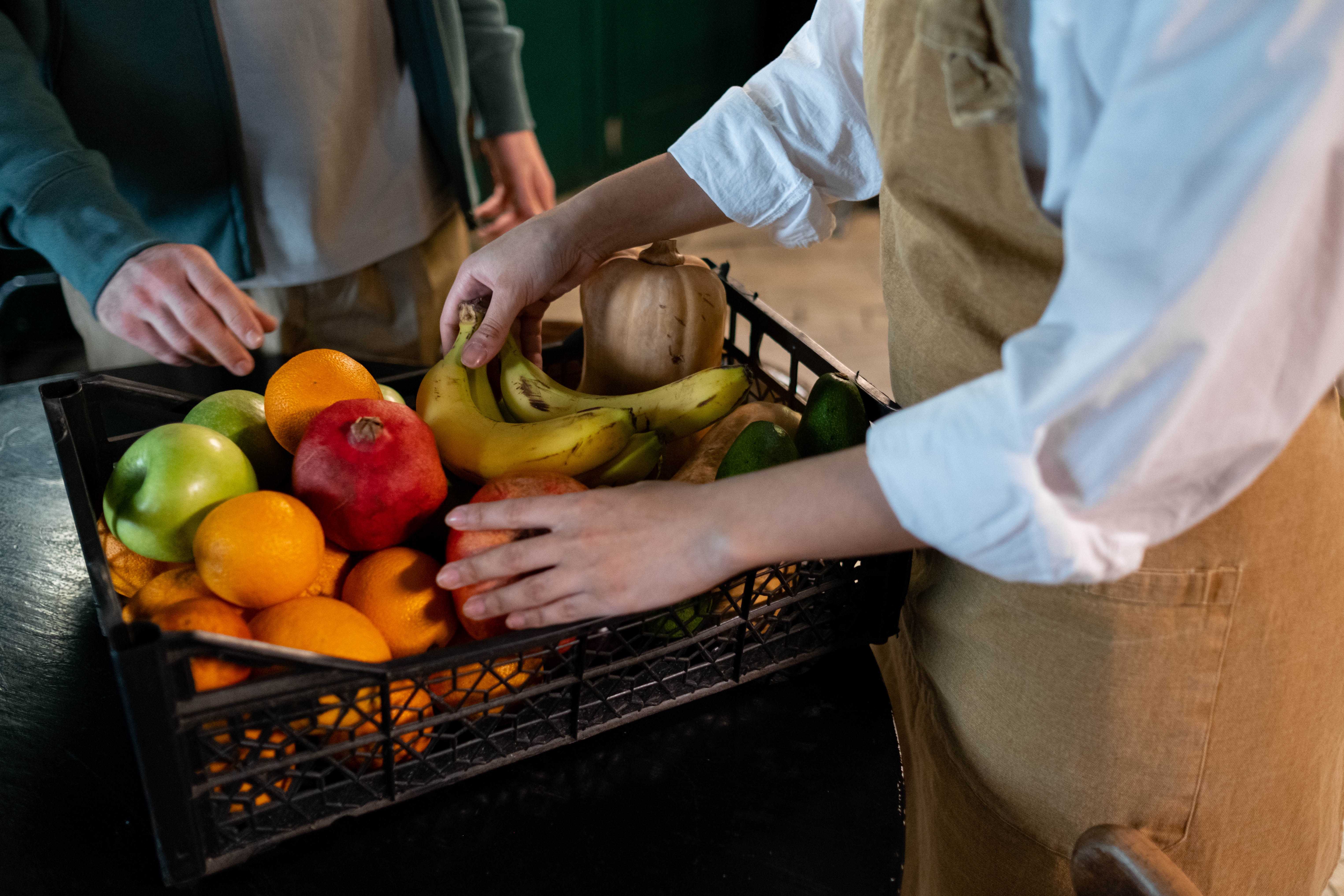5 Latest Innovations in Food Waste Technology
Did you know that food waste contributes to water pollution, greenhouse gas emissions, and landfill accumulation? Read on to learn about innovative food waste technology solutions that help combat this.

Food waste is a global issue that adversely affects the environment, the economy, and society as a whole. The Food and Agriculture Organization of the United Nations (FAO) states that around one-third of the food produced globally is thrown away, which is approximately 1.3 billion metric tons of food lost each year.
This issue contributes significantly to water pollution, the emission of greenhouse gasses, and the accumulation of waste in landfills.
In recent years, innovative food waste technology solutions have been developed to combat this problem. This article will discuss recent advancements in technology created to alleviate this issue. We’ll also cover how Silo can help produce businesses reduce waste through better inventory tracking.
5 innovations in food waste technology
Let’s take a look at some of the latest innovations.
1. Shelf life extension and preservation technologies
Food spoilage is one of the leading causes of food waste. As a result, companies have developed technologies to preserve and extend the shelf life of produce.
For example, plant-based coatings applied to produce create a barrier that slows down the decay process by retaining moisture and obstructing oxygen.
Another example is inserts that delay the ripening of produce, thereby extending their shelf life. The inserts are usually composed of a natural combination of essential oils that inhibit the production of ethylene, the chemical responsible for ripening.
2. Smart packaging
Another technology to reduce food waste is smart or ‘intelligent’ packaging.
One notable example includes time-temperature indicators (TTIs). These labels are placed on packaging and change color when unfavorable temperatures are detected to indicate that the food inside is no longer safe for consumption.
Another form of smart packaging is modified atmosphere packaging (MAP), which is used to preserve the freshness of food by modifying the air's composition. Fresh produce, proteins, and dairy products are frequently preserved using MAP technology.
3. Technologies for recycling and reusing
Technology is also being increasingly used to recycle and repurpose food waste.
The use of anaerobic digestion, for example, is a process that converts excess food into biogas, a renewable energy source. These biogas can be used to generate electricity or heat, decreasing reliance on non-renewable energy sources.
Another example is the use of black soldier fly larvae, an organism that can convert significant quantities of food waste into high-protein animal feed through consumption. The larvae can be cultivated in large numbers, making them capable of efficiently converting dietary waste into feed.
4. Food waste tracking systems
Businesses are making use of food waste management technology through tracking systems, which monitor the quantity and composition of the food waste produced. The collected information can then be used to identify areas where reduction and prevention efforts can be made.
Some monitoring systems use a digital scale and camera to monitor and record data. The system then analyzes the data and provides users with feedback, allowing them to make adjustments accordingly.
5. Food waste diversion systems
Food waste diversion systems are utilized to redirect thrown-away food from landfills to composting facilities, anaerobic digestion facilities, and food banks. These systems can be installed to manage food waste on site.
Some systems turn any excess food into a slurry to transport to anaerobic digestion facilities. Other systems reduce food waste to small particles, which are then stored in a holding tank until they can be transported.
Tackling food waste through redistribution
Redistribution of food has become crucial in the struggle against food waste. Innovative food waste technology solutions are currently being developed to not only reduce and prevent, but aid in the redistribution of surplus food to those in need.
Here are some of the more recent technologies for food redistribution:
Food sharing apps - Apps for food sharing enable users to communicate with others in their community who have excess food to share
Mobile food banks - Mobile food banks are outfitted with refrigeration and other storage facilities, allowing them to transport and disseminate surplus food to under-served, remote, or low-income areas
Community refrigerators - Community refrigerators are shared refrigerators situated in public areas where people can donate and collect excess food
Online food rescue platforms - Various online platforms have been created to connect food donors with food banks, charity kitchens, and other charitable organizations. These platforms enable contributors to advertise their excess food and allow recipients to claim it, thereby facilitating the efficient redistribution of food
Reduce food waste with Silo
As climate change and food insecurity are expected to become increasingly vital issues in the coming years, food waste technology is going to play an important role.
If you’re looking to build a more sustainable business, cut back on waste, and improve your profit margins you may want to consider using platforms like Silo. Silo offers lot tracking and produce traceability features, which provide users with real-time insights into their inventory, historical trends, and current status of their cash flow.
With Silo, users can easily identify the origin of their produce, its journey throughout the supply chain, and aging data to help businesses sell more strategically. With data that enables users to make informed decisions regarding the distribution and management of their produce and cash flow, businesses reduce the likelihood of spoilage and waste, while achieving a more profitable outcome..
Additionally, Silo can improve your business’ cash conversion cycle and provides a comprehensive overview of your business’ finances. The combination of Silo’s Capital Programs and secure and user-friendly payment solutions assist in enhancing efficiency and coordination.
Book a Silo demo today!
Want to book a demo with us?
Add your info and we’ll get one scheduled with you.